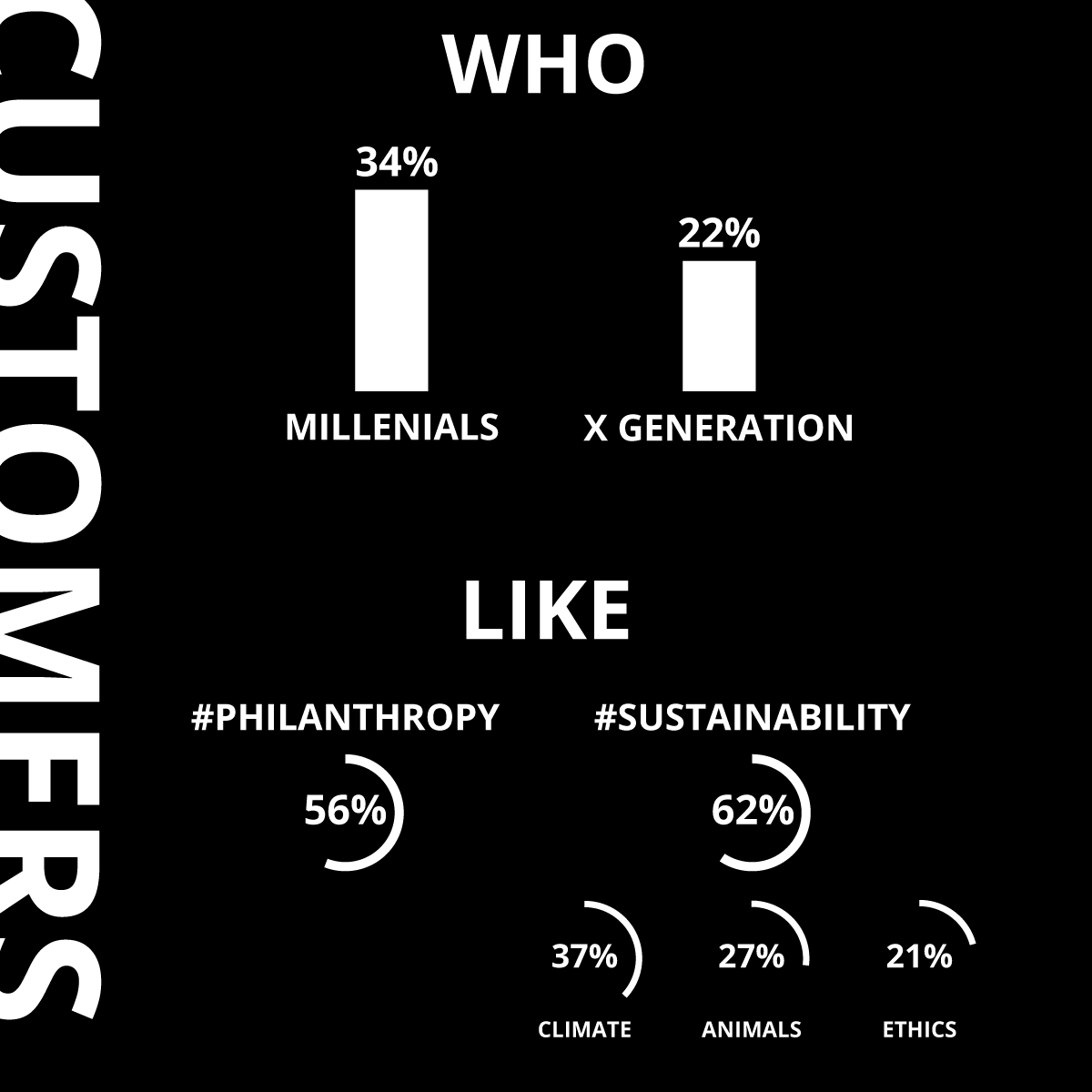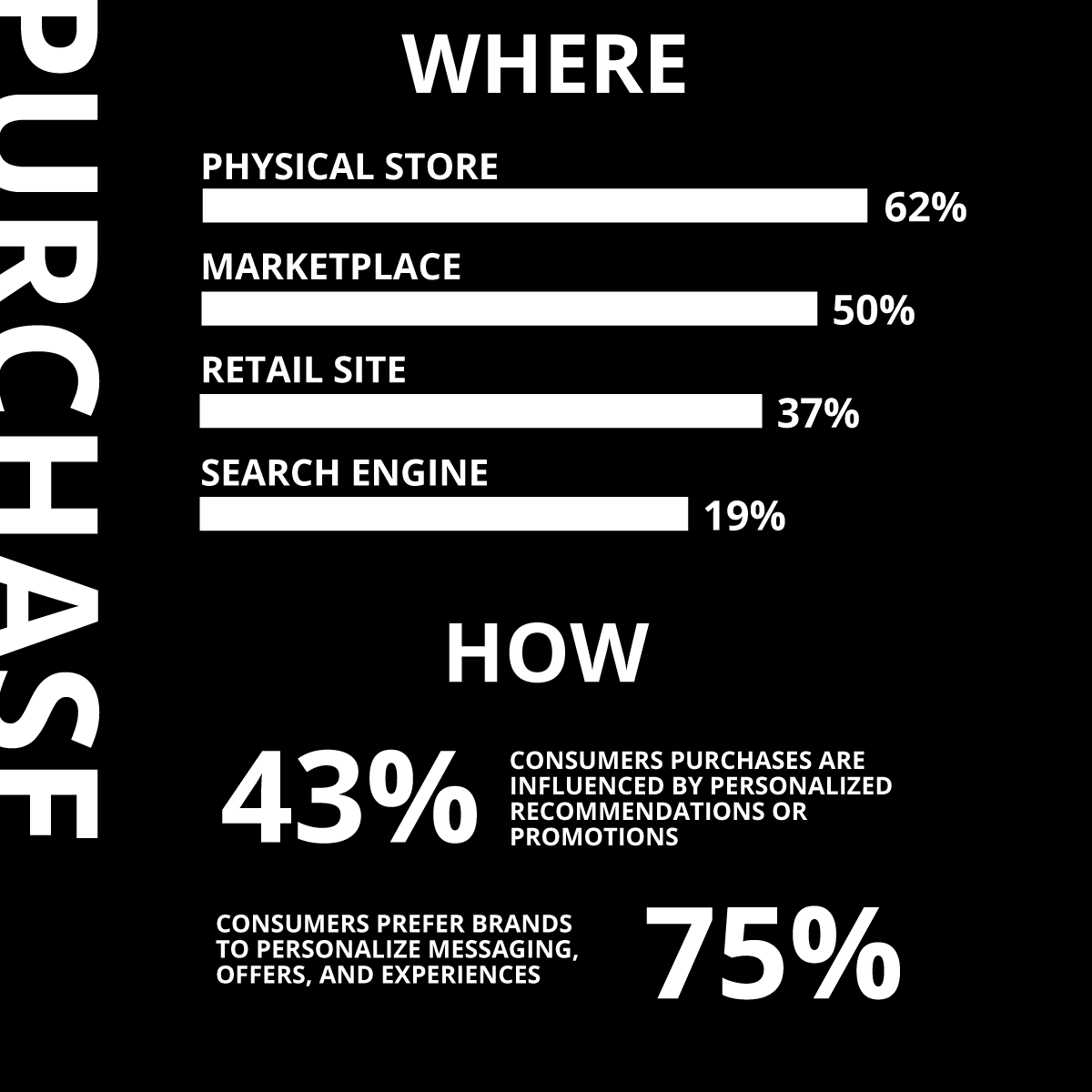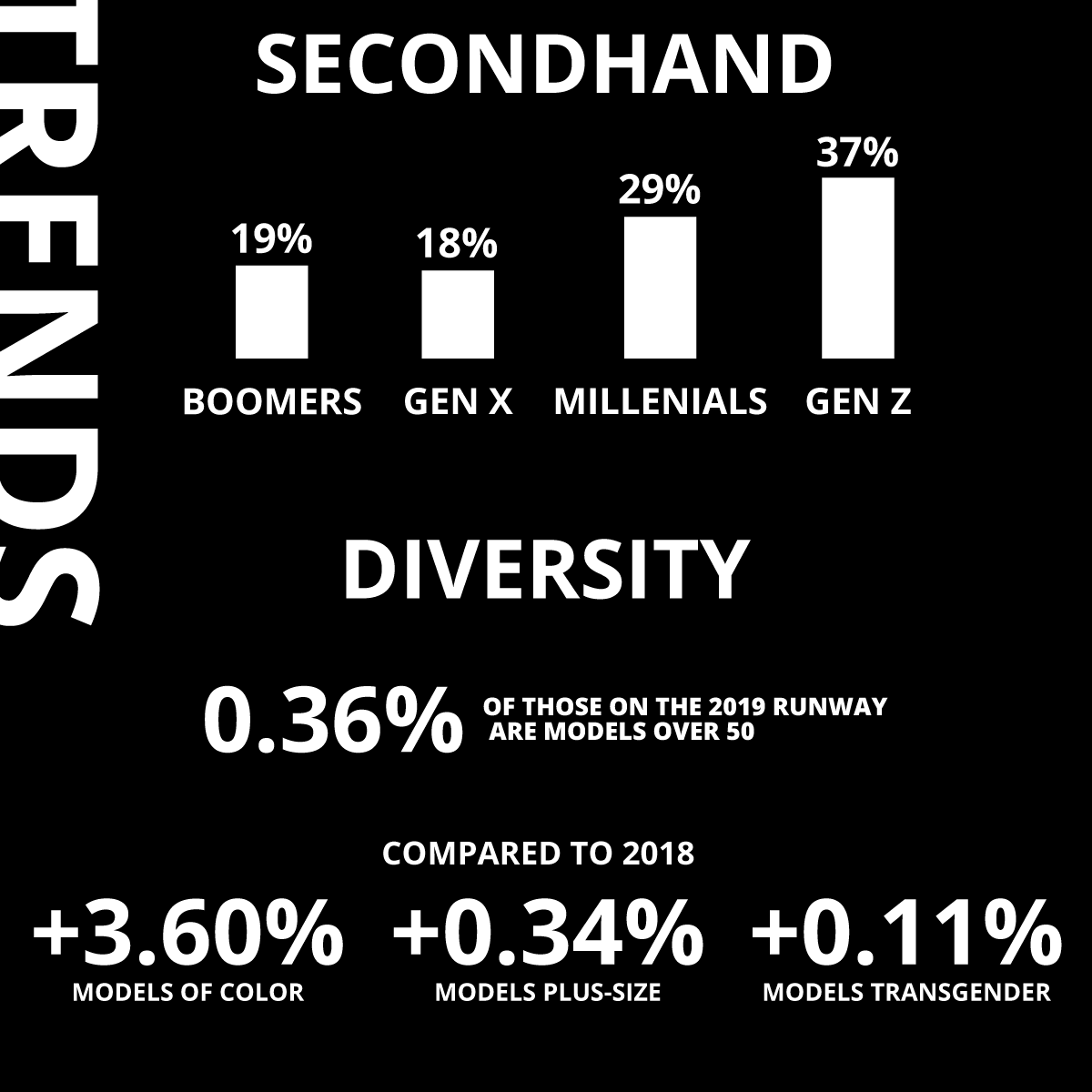The luxury fashion market is in a time of strong growth and transformation. In this article, you will find the outside of our research on Fashion Luxury Customer Journey, how it is changing and how it is influencing the market.
Once upon a time …
… the boutique, a sanctuary accessible only to a few wealthy followers. And the Maison de couture set up its exclusive fashion shows in the boutique.
Over the years, fashion houses have begun to “open” the catwalks to the rest of the world twice a year to present their seasonal collections (autumn-winter and spring-summer) as a preview.
The models gradually take on the role of models: Claudia Schiffer, Naomi Campbell, Cindy Crawford, Linda Evangelista, and the other “top-models” become icons of style, elegance, and luxury.
Fashion houses also invited artists, actors, and singers on the catwalk, who become true testimonials!
Although the fashion shows were events reserved for a few guests, among them, however, the mass media, television, and the press were never lacking, charged with telling and showing the rest of the world new creations and trends.
And now?
The digital revolution has completely upset even the most exclusive markets, the Digital Fashion Luxury Era is born.
Customers no longer seek the luxury product, but the experience of prestige.
With a rapid trend, the main customers have become the Henry Millenials (High earners, not rich yet), wealthy young people between 25 and 34 years.
On the basis of the latest data, in 2019 the market share compared to the different consumer targets is divided into four main groups:
- 34% Millenials (25-34 years)
- 32% Gen X (35-54 years)
- 22% Gen Z (18-24 years)
- 12% Boomers (over 55)
Today, therefore, the Millenials have become the first buyers of Fashion Luxury products.
But who are they? What interests you? And how do they buy?
They are young people who earn between $ 100K and $ 250K, tomorrow’s ultra-rich potentials!
They are hyper-connected and prefer mobile browsing. They are impatient consumers: if they discover a product that they usually like, they buy it immediately and want to receive it in less than 24 hours.
They are socially engaged and have issues such as environmental health and human rights at heart. So, luxury fashion brands that aim to reach the hearts of their consumers will not be able to avoid activating philanthropy and sustainability initiatives. Innovative and more enlightened companies have already started to do it …

New purchase behaviors
The glossy magazines have been replaced by Instagram and brand websites, which young people mainly consult on their smartphones.
High fashion companies have thus begun to use more and more social platforms to stimulate interest among young consumers and interact with them, but with the effort to keep the value of their brands intact: social media become an indispensable part of the marketing strategy.
On Instagram, young people access previews of the new collections, stay up-to-date on current trends and … buy.
The boutiques have been replaced by e-commerce, or almost, even if they continue to play a very important role in offering the customer the “experience” of the brand.
And from a range of omnichannel services, luxury fashion brands are now investing in building highly personalized experiences to meet the needs of individual customers.

We would also like to point out the growth of second-hand fashion luxury products purchases in recent years. Trend fueled by Collaborative Consumption’s sustainability spirits, which gave rise to several dedicated e-commerce platforms. An example is the German e-commerce Rebelle.
Concealed behind the themes of sustainability, the real advantage that the young customer finds in these platforms is the access to sought after and rare items and items, limited edition products and vintage cult products.
Style Icons
There are no longer testimonials of the luxury product, but influencers who “influence” but not only the consumer, but the fashion houses themselves, suggesting alternative trends and styles.
Celebrities like Kim Kardashian West in bloggers like Chiara Ferragni, define what is hot in the world of luxury, but above all have the power to transmit to the masses the trends that flaunt on social media.
Codeword: “Diversity”
The models’ incarnation of standards of beauty and elegance dictated by the fashion houses, leave today the place to normal girls, sometimes even with health problems. Models that embody diversity and non-conformism rise up on the catwalks, themes that are very dear to young consumers.
And so we see people like Madeline Stuart, the first model down; Melanie Gaydos, a young woman suffering from a rare genetic syndrome that limits the growth of hair, teeth, nails and bones; Rick Genest, a model with a body entirely covered in tattoos, Winnie Harlow, a Canadian model affected by vitiligo.
Non-conformism becomes business: the first anti-fashion agencies are born, such as, for example, the No Agency in New York, specialized in looking for models outside the box.
And in this noteworthy change in style is also the entry of “differently young” models: from the top model Verushka, born in 1939, to Maye Musk, mother of Elon Musk, who at 69 years has resumed her modeling career.

And the best is yet to come …
We conclude this brief excursus on the changes in the luxury fashion market by taking a look at the forecasts for the future.
Needless to say, China and India are growing markets and it has been estimated that in 2025 only Chinese customers will account for 45% of the entire luxury fashion market (and half of their purchases will take place in their country).
The boutiques will almost exclusively become places where the customer will live an immersive experience of style and values conveyed by the mason. Lines and objects that tell stories and give life to new and enveloping atmospheres.
Sales instead will take place mainly online: online purchases will grow considerably and the customer’s digital commitment will make the difference, totally influencing the purchasing behavior.
The new generations, Gen Z and Gen Y, represent a new goal to focus on, entering as new customers will suggest new trends and new themes for the development of digital contact points.
With attention and curiosity, we continue to monitor what is happening on the net and on the catwalk even during fashion week!
For further information
Chanel and Farfetch team up to reshape luxury retail experience. Financial Times 19th February 2018. https://www.ft.com/content/b7dafa04-1330-11e8-8cb6-b9ccc4c4dbbb
Online sales boost luxury goods group Richemont’s earnings. Business Live. 13th January 2019. https://www.businesslive.co.za/bd/companies/retail-and-consumer/2019-01-13-online-sales-boost-luxury-goods-group–richemonts-earnings/
Marketing for new luxury brands. 10th February 2019. http://www.themarketingsage.com/marketing-for-new-luxury-brands
Altagamma 2018 WorldWide Luxury Market monitor. https://altagamma.it/media/source/WORLDWIDE%20LUXURY%20MARKET%20MONITOR_BAIN.pdf
Gartner L2 Digital IQ Index. Fashion Global 2018. https://www.l2inc.com/research/fashion-global-2018
“Meet the HENRYs: The Millennials That Matter Most for Luxury Brands” Pamela N. Danziger, Paramount Market Publishing, Inc
Report: The Spring 2019 Runways Were the Most Racially Diverse Ever, but Europe Still Has a Major Age and Body Diversity Problem. The Fashion spot. 11th October 2018. https://www.thefashionspot.com/runway-news/807483-spring-2019-runway-diversity-report/





